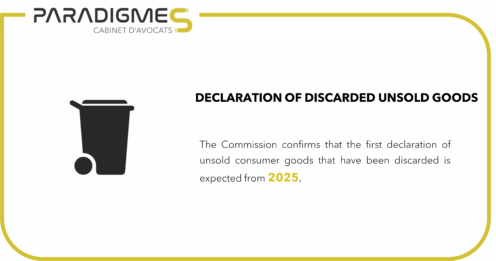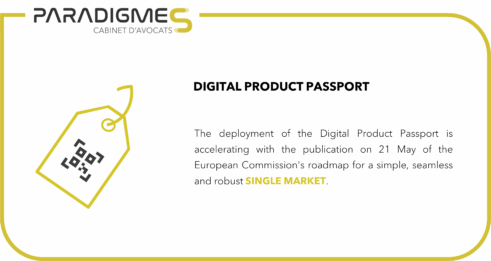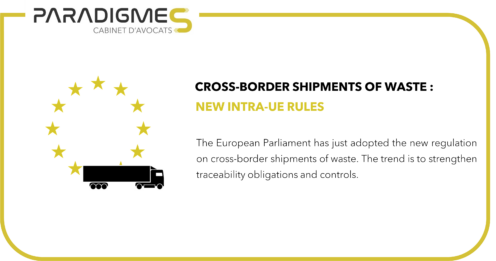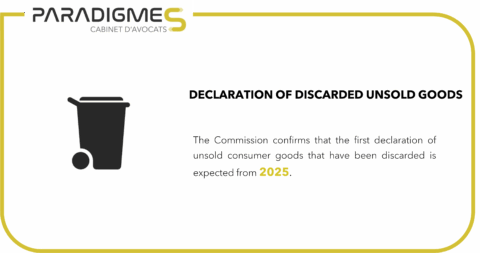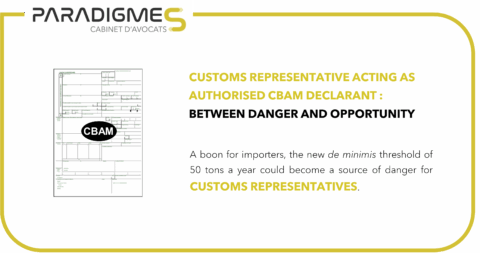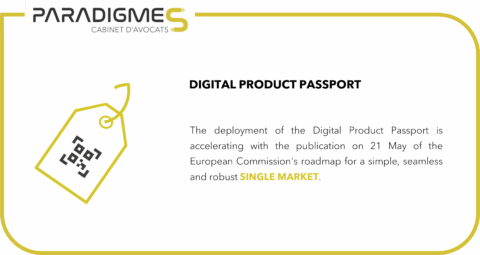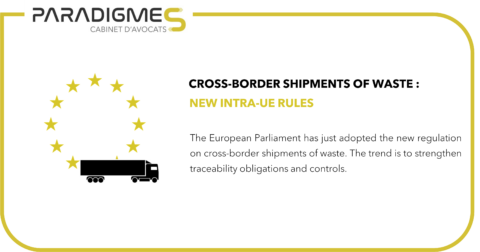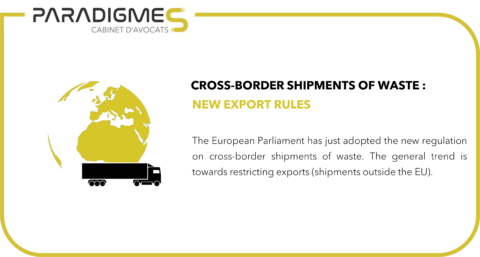The result of the periodic review of the rules on cross-border shipments of waste (Article 60 of Regulation 1013/2006), the Regulation 2024/1157 makes few changes to the procedures applicable to cross-border shipments within the EU, since most of the changes concern exports outside the EU.
Four new provisions for shipments of waste within the EU are nevertheless important:
The accompanying document for shipments subject to the information procedure, known as “Annex VII”, is to be dematerialised.
Data relating to shipments subject to the information procedure will now have to be filled in using an electronic tool developed by the EU (currently in the test phase). The tool, which will be accessible to the parties involved in the shipment as well as to the competent authorities (environmental and customs authorities), will enable more dynamic monitoring of shipments.
Data relating to the operation will have to be filled into the tool by the person organising the shipment no later than two days before the start of the shipment, except for data relating to the actual quantity of waste loaded, the name of the carrier and the container number (if applicable), which can be filled in when the shipment leaves (see articles 18 and 27 of the regulation).
Data relating to the receipt of waste must be entered into the tool by the waste recovery facility, no later than two days after receipt. Data relating to the recovery of the waste received must be entered into the tool no later than 30 days after completion of the operation (the operation must be completed no later than one year after receipt of the waste).
Data relating to shipments, entered into the tool, will subsequently be published in part on a dedicated Commission website (article 21 of the regulation).
The contract for the recovery of waste, required for the purposes of carrying out shipments subject to the information procedure, will no longer be bipartite, as previously, but tripartite, and will now have to be signed by the “person organising the shipment”, by the “consignee” and by the ” recovery facility” if it is different from the “consignee” (the “consignee” may, in fact, be a purchasing centre or a waste dealer) (Article 18(10) of the Regulation).
- Harmonisation of waste classification rules
The Commission has been empowered to establish rules for classifying certain waste under the Basel codes (setting contamination thresholds, etc.).
- Greater quantities of waste that can be tested for recovery without recourse to the notification procedure
To date, shipments subject to the notification procedure had to go through this procedure even when they took place for the purposes of carrying out a laboratory test or a recovery trial, as long as the quantity of waste concerned exceeded 25 kg (article 3(4) of regulation 1013/2006).
The new regulation raises this threshold from 25 kg to 250 kg and allows it to be increased further by special authorisation, issued on a case-by-case basis by the authorities of the countries of departure and arrival.
The threshold for waste destined for shipment outside the EU is still set at 25 kg, despite significant work by ICC to increase it, to which the firm contributed.
For the first time, the Commission is empowered to carry out its own inspections of cross-border shipments and, to this end, is given powers of inspection equivalent to those of the national authorities, including the possibility of inspecting sites and interviewing persons (Articles 67 to 70 of the Regulation). Following the inspections, the Commission will draw up recommendations on any legal action that may be taken by the Member States concerned.
The changes affecting shipments of waste outside the EU are covered under this link.
